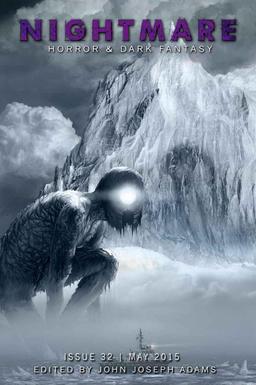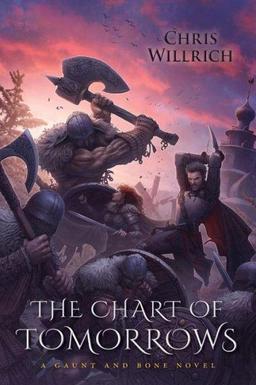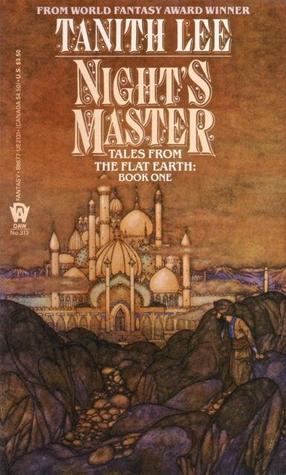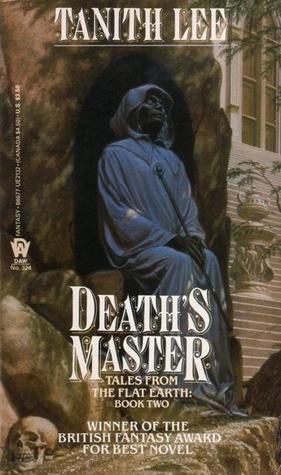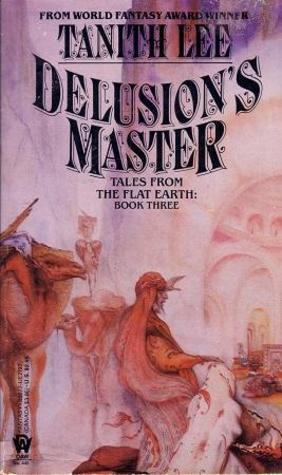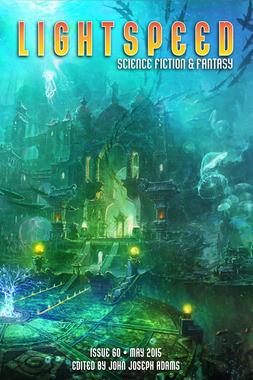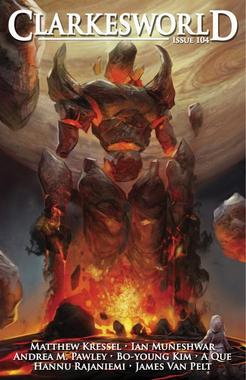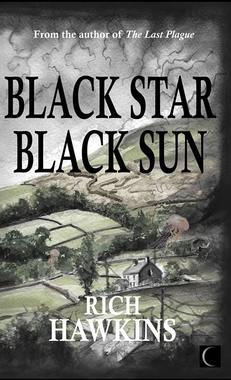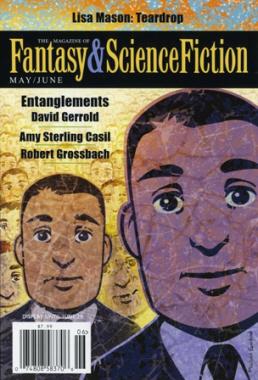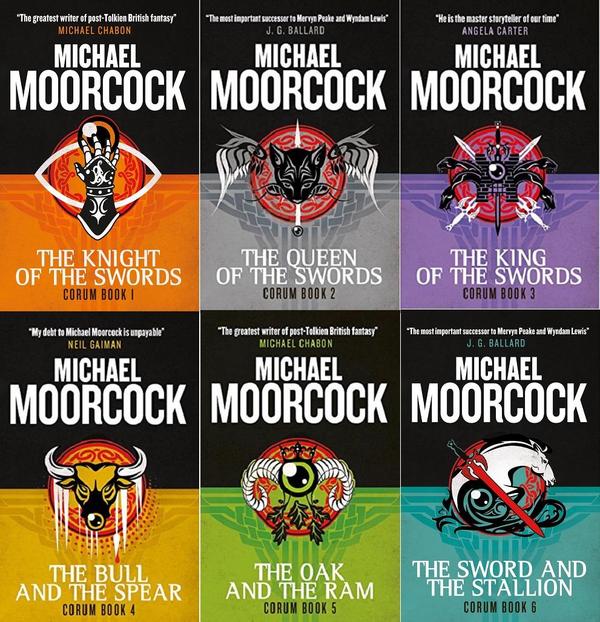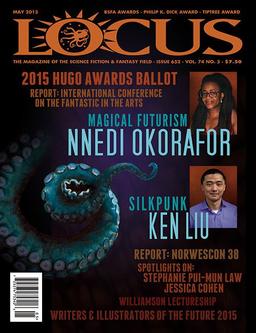Vintage Treasures: Hôtel Transylvania by Chelsea Quinn Yarbro
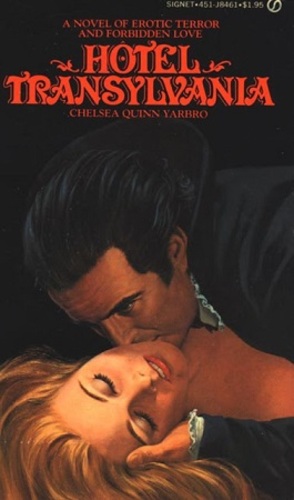 |
 |
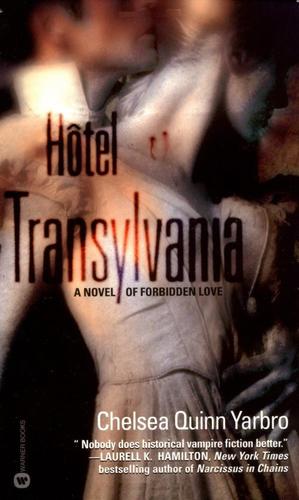 |
Chelsea Quinn Yarbro has written over 70 novels, and has received many of the highest honors the field can bestow. She was named a Grand Master at the World Horror Convention in 2003, and the International Horror Guild named her a “Living Legend” in 2005. In 2009 the Horror Writers’ Association presented her with the Bram Stoker Lifetime Achievement Award, and in 2014 she was honored with the World Fantasy Award for Life Achievement.
But she is most widely known for her long-running historical horror series featuring the vampire Count of Saint-Germain. The gentleman vampire Saint-Germain has featured in 26 novels and two collections, detailing his adventures down through the centuries, from the reign of emperor Heliogabalus in 3rd century Rome (Roman Dusk) to his escape from Genghis Khan in Tibet and India (Path of the Eclipse), 6th Century China (Dark of the Sun), France during the Reign of Terror (Commedia della Morte), and the rise of the Nazi party in Germany (Tempting Fate).
The Count first appeared in Hôtel Transylvania in 1978, set in Paris in 1744. The novel was an immediate success, and he returned in The Palace the same year. The Palace was nominated for a World Fantasy Award (and was voted #11 for the Locus Award for Best Novel of the Year), and thus began one of the most successful horror series in the English language.

